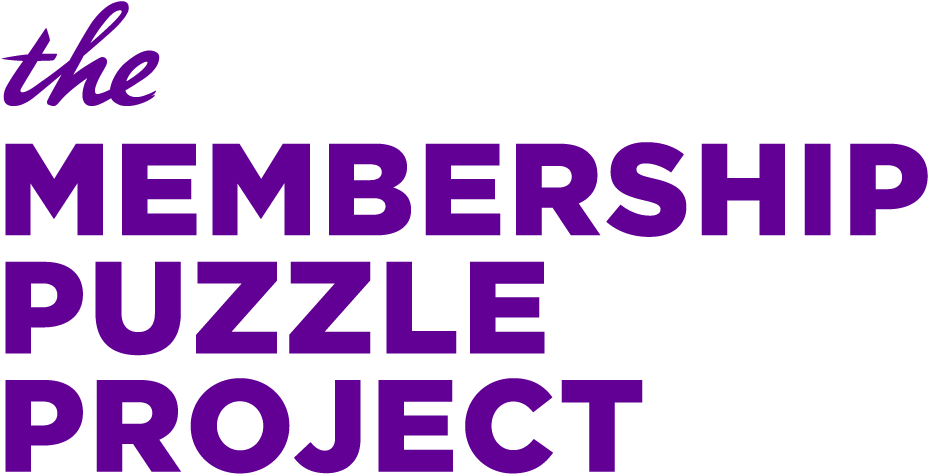Today we’re introducing our Membership Models in News Database with the information we’ve collected on nearly 100 news organizations that have membership programs and high levels of interaction with their members.
We created this database as a resource for people who care about sustaining serious journalism in the digital age. Member support is one way of doing that. But we found a lot of variation in how these programs work. This post summarizes our initial findings on key differences in membership models across news brands.
The database can be found here.
But first, here is a basic distinction we make in studying membership models in news.
Subscription is when you pay your money and receive a product, like The New Yorker magazine via snail mail or access to the Times of London website. It is fundamentally a transactional relationship.
Membership is when you join a cause because you believe in the importance of the work being done. When we interviewed members of De Correspondent in The Netherlands they almost uniformly began with a declaration of belief: this site should exist! Members are typically more engaged with the site than subscribers or donors would be. In news, this is important because such engagement can lead not only to brand loyalty but to trust—and to a better product. Certainly there are members who only give money. But what’s exciting about membership as a support system for serious journalism is when it goes beyond that.
So we have learned to distinguish between “thick” and “thin” models of membership. At one end of the continuum, members mostly resemble donors. They are expected to lend financial support and patronize the product. This is what we’re calling “thin.” (A more neutral term might be “lean.”)
At the opposite end of the spectrum, members still give money and use the product, but they also show up at events, offer advice and feedback, respond to call-outs, share their knowledge, and interact with journalists. That’s what we’re calling “thick” membership. It’s denser, more intimate.
We’ve found high variance in the ways sites approach membership, and sites that may be “thicker” in some aspects may be “thinner” in others, and vice versa. Each organization’s membership program doesn’t fall neatly into a single “type.”
Both styles have their advantages. The thin model is less expensive in staff time and infrastructure because coordination costs are close to zero and transactions can be automated. It’s also more plausible for time-starved members, which is most of us. The thicker forms of membership create deeper bonds between the site and its supporters, and they are more likely to pay dividends for the journalism itself. But they also consume more time and shared effort across news, development, and marketing staff. And, of course, not everyone who supports your organization wants to participate.
Here are the major patterns we found in gathering this data.
Tomorrow we’ll share detailed examples.
- “Thick” membership models are more common at news sites that are manifestly mission-driven. These sites have a strong internal culture, including an “origin story” that creates loyalty and a raison d’etre that is distinct and inspiring. To put it another way, no one ever became an enthusiastic member of a commodity news site. That would almost be a contradiction in terms.
- A robust membership program engenders an operating style that supports it. These sites experiment a lot, as they search for the right way to engage members. They are humble about what they know. They invite user participation, but also have a high quality bar— which members appreciate. Membership tends not to be the responsibility of one department, but involves staffers across the organization.
- Participation takes many forms in the more muscular models for membership. Not one way to contribute, but many entry points. Staff is curious about what members might want to do and doesn’t assume that it has the system right. Feedback is constantly requested from members and programs are adjusted accordingly. These organizations are flexible in offering different participation possibilities for different kinds of people with varying levels of commitment required.
Before we share more details, we encourage you to dig into the data. You can filter and sort by categories or characteristics using the buttons at the top. You can also view each organization individually in a more readable way by pressing the “expand record” button next to an organization’s name.
The database is a work-in-progress, and we acknowledge that it isn’t comprehensive or conclusive. We would love your help and input as we continue to add to it and study this space. Which sites are we missing? Let us know here.
